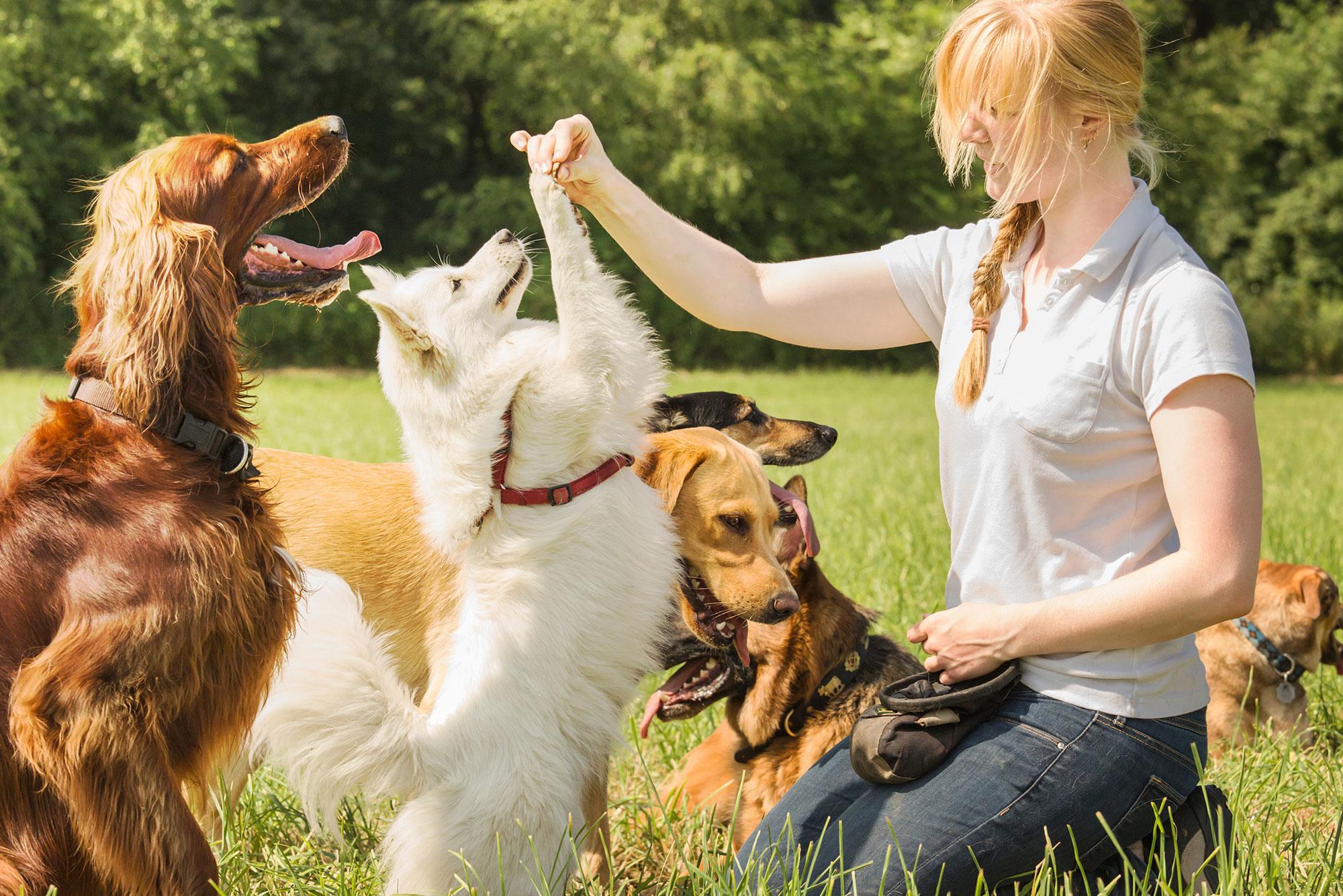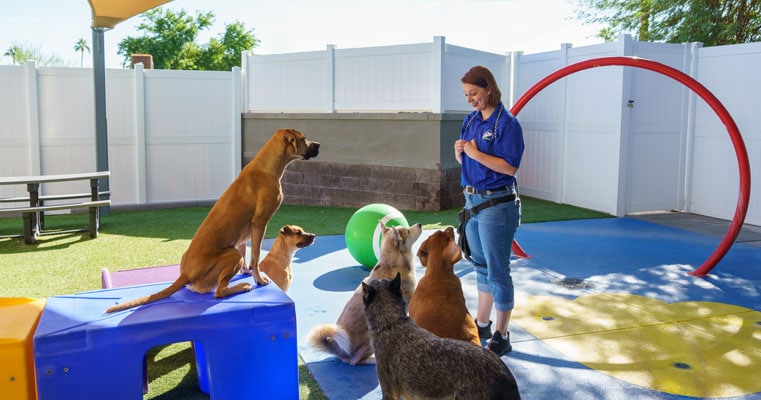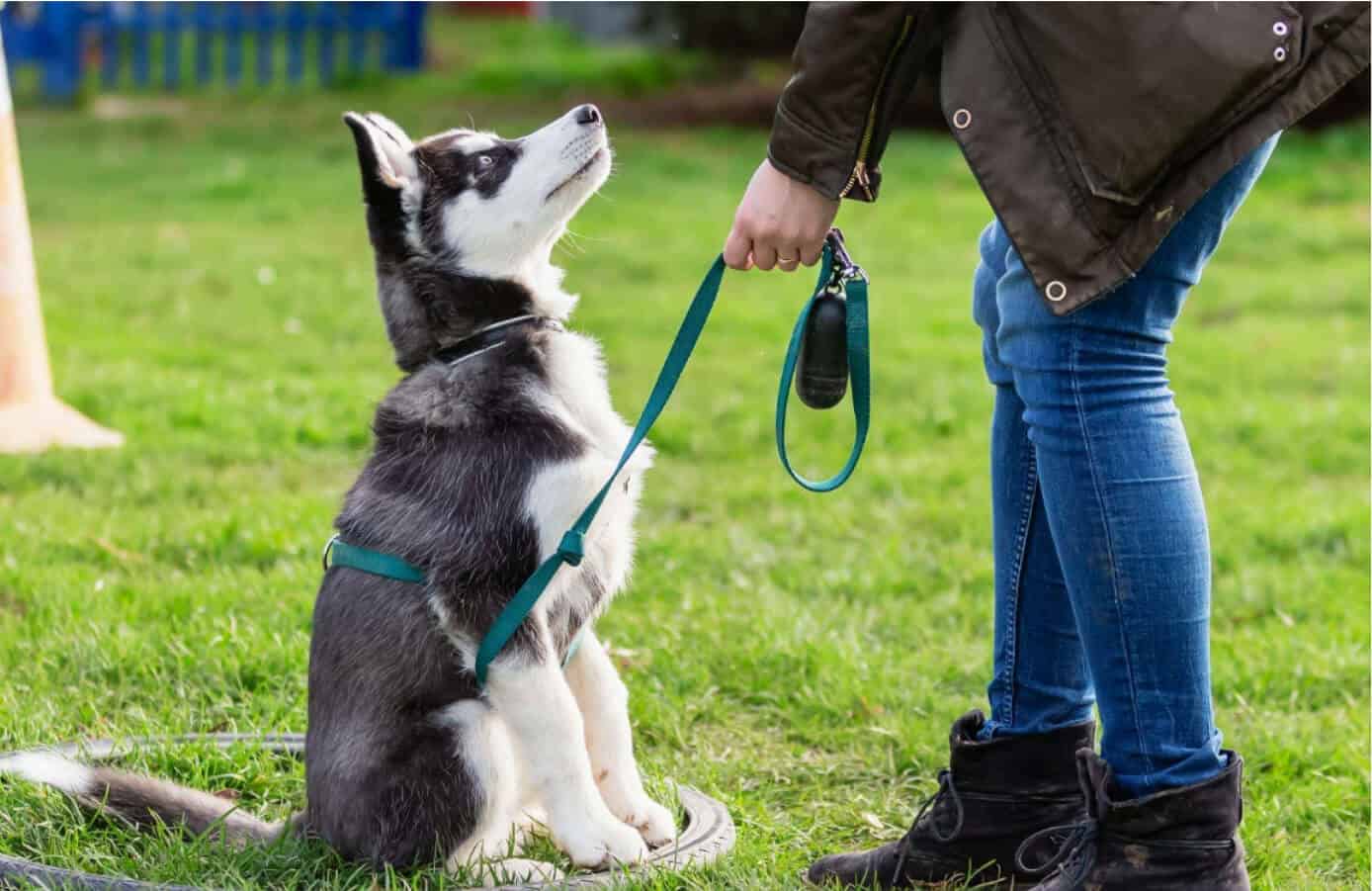Exactly How to Integrate Games into Your Dog Training Routine
Exactly How to Integrate Games into Your Dog Training Routine
Blog Article
Vital Tips for Effective Dog Training: An Overview for Family Pet Owners
Effective canine training is a multifaceted process that needs a calculated approach tailored to both the pet's personality and the proprietor's goals. Comprehending exactly how to navigate these obstacles can substantially boost the training experience, ultimately changing the connection in between owner and canine.
Recognizing Dog Actions
Understanding canine habits is crucial for effective training and promoting an unified partnership in between pooches and their proprietors. dog training. Dogs communicate mainly with body language, articulations, and activities, making it critical for owners to interpret these signals accurately.

Socialization plays a significant role in canine actions; exposure to various environments, people, and other pets can substantially influence a dog's temperament. In addition, factors such as breed characteristics and private personality should lead training techniques, as some types may have certain behavioral traits that require tailored strategies. By recognizing these aspects, proprietors can create an encouraging environment that encourages favorable habits, bring about effective training outcomes and a deeper bond with their family pets.
Developing Consistent Commands
Effective communication with your dog begins with establishing consistent commands. This fundamental aspect of training is critical for promoting understanding in between you and your animal. Uniformity in the commands you make use of makes sure that your dog can reliably link details words or expressions with the desired behaviors.
When choosing commands, choose clear, unique words that are simple to state and differentiate from each other. Avoid using similar-sounding commands that may confuse your dog. As an example, utilizing "rest" and "stay" is proper, however "rest" and "hit" might bring about misunderstandings.
In addition, maintain the very same tone and volume for every command. Canines are sensitive to singing signs, so differing your tone can produce confusion.
It is similarly important to make sure that all household members are on the very same web page pertaining to the commands used. A united front in command use will certainly protect against blended signals and strengthen the understanding procedure.
Favorable Reinforcement Techniques
The power of positive support in dog training depends on its ability to encourage preferred habits with benefits and praise. This technique is based in the concept that habits complied with by beneficial outcomes are more probable to be repeated. By including positive reinforcement right into your training regimen, you can efficiently shape your dog's habits in a useful way.
To apply favorable reinforcement, it's essential to identify what motivates your canine, whether it be deals with, toys, or spoken appreciation. When your canine performs a wanted activity, such as resting on command, promptly reward them with a reward or love. This association in between the command and the favorable result reinforces their understanding.
It's critical to timing the benefits correctly; supplying the reinforcement within seconds of the desired actions aids your canine make the link (dog training). Additionally, uniformity is crucial-- Extra resources make certain that Check Out Your URL all family members make use of the exact same commands and reward systems to stay clear of complication

Slowly, you can minimize the regularity of deals with as your canine learns the habits, transitioning to applaud or periodic incentives. This method not just fosters a solid bond between you and your canine however also promotes a positive understanding environment, making educating a satisfying experience for both.
Socialization and Communication
Continually revealing your dog to a variety of environments, people, and other animals is essential for their social advancement. Socialization ought to begin early, ideally during the crucial window of 3 to 14 weeks, when pups are most responsive to brand-new experiences. Nevertheless, older pets can likewise take advantage of ongoing socialization initiatives.
Present your pet dog to different settings, such as parks, pet-friendly stores, and city locations. This exposure helps them adjust to numerous stimulations, minimizing stress and anxiety and website here worry reactions. Encourage favorable communications with other dogs and individuals, making certain that these experiences are regulated and risk-free to promote confidence.
Utilize organized playdates with courteous dogs, as this can improve your dog's social abilities and teach them ideal behavior. Obedience courses and training sessions additionally offer outstanding possibilities for socializing, enabling your canine to communicate with others in a supervised atmosphere.
Display your pet dog's body language throughout communications, as this will aid you evaluate their convenience degree. Gradually raise direct exposure to more difficult scenarios while guaranteeing that each experience declares. A well-socialized dog is most likely to exhibit well balanced actions, making them a joy to have in any type of setup.
Addressing Typical Training Obstacles
Every pet owner will experience training difficulties eventually, no matter of their pet dog's age or socializing level. Determining usual concerns such as stubbornness, diversions, and fearfulness can assist in establishing reliable strategies for improvement.

Gradually present interruptions as the dog becomes much more proficient in commands. Short, frequent training sessions are also efficient in maintaining interest.
Terror can impede a pet's understanding procedure. Progressive desensitization to the source of anxiety, coupled with favorable reinforcement, can help relieve anxiousness. Persistence is essential; never compel a canine into a scenario that triggers distress, as this may aggravate the problem.
Ultimately, understanding and resolving these typical challenges with an organized method will promote a more effective training experience, enhancing the bond in between pet dog and owner while advertising efficient discovering.
Conclusion
In recap, successful pet dog training depends on a thorough understanding of canine habits, the facility of consistent commands, and the application of favorable reinforcement methods. Socialization plays a critical role in creating well-adjusted animals, while resolving common training difficulties requires persistence and flexibility. By carrying out these important approaches, animal proprietors can foster a strong bond with their pets and promote desirable actions, ultimately causing an unified relationship between people and their canine friends.
Understanding canine actions is essential for efficient training and cultivating a harmonious connection in between pooches and their owners.Socialization plays a considerable duty in pet behavior; exposure to different atmospheres, individuals, and various other animals can dramatically influence a canine's personality.The power of positive reinforcement in pet training lies in its capacity to urge wanted actions via incentives and praise. By incorporating positive support right into your training routine, you can effectively shape your canine's behavior in a constructive manner.
In summary, successful dog training relies on a comprehensive understanding of canine behavior, the establishment of consistent commands, and the application of favorable support strategies.
Report this page